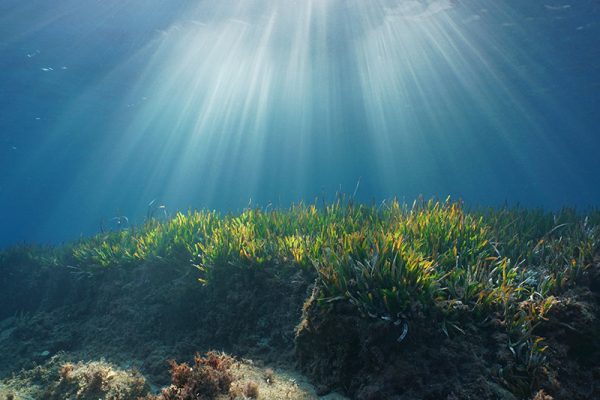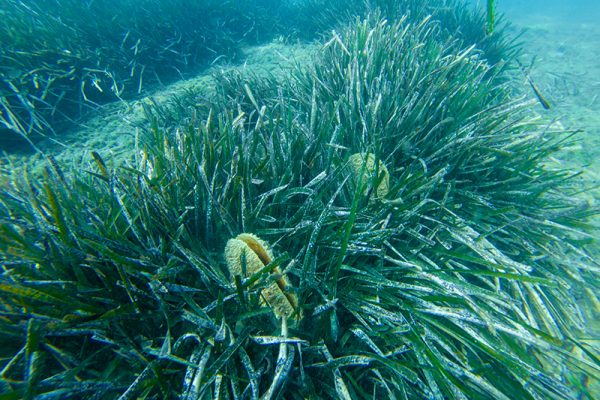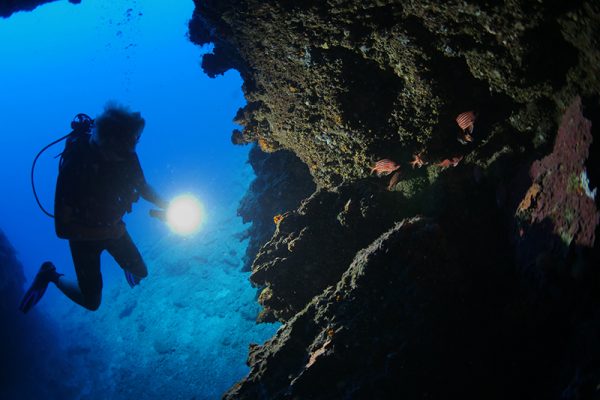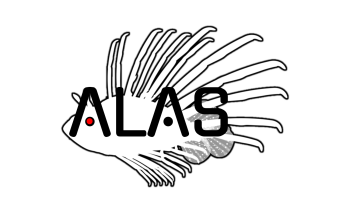#alien_species
Priority and vulnerable habitats
The project focuses also on the effects of alien invasive species on priority and vulnerable habitats such as Posidonia oceanica meadows, marine caves and shallow forests of canopy algae – habitat types 1120, 8330 and 1170 of the Habitats Directive, respectively), and applies a multitude of approaches (such as field experiments, large-scale surveys, satellite imaging and remote sensing, species distribution modelling, and cumulative impacts assessments) towards that scope. It aims to provide answers to important ecological questions on the mechanisms of alien species impacts that will assist marine managers in better decisions of actions for marine conservation and halting biodiversity loss in the region.
#alien_species
Vulnerable habitats


The Mediterranean endemic Posidonia oceanica meadows constitute a habitat of primary importance to ecosystem functioning and native biodiversity.


Mediterranean marine caves are ecosystems of particular environmental conditions that host organisms and processes of unique value.


Macroalgal forests created by large, brown seaweeds are a fundamental feature of the rocky sublittoral ecosystems. Τhey significantly contribute to the regulation of essential biophysical processes, provide refuge for fish and invertebrates, and play a vital role in the conservation of benthic communities.


